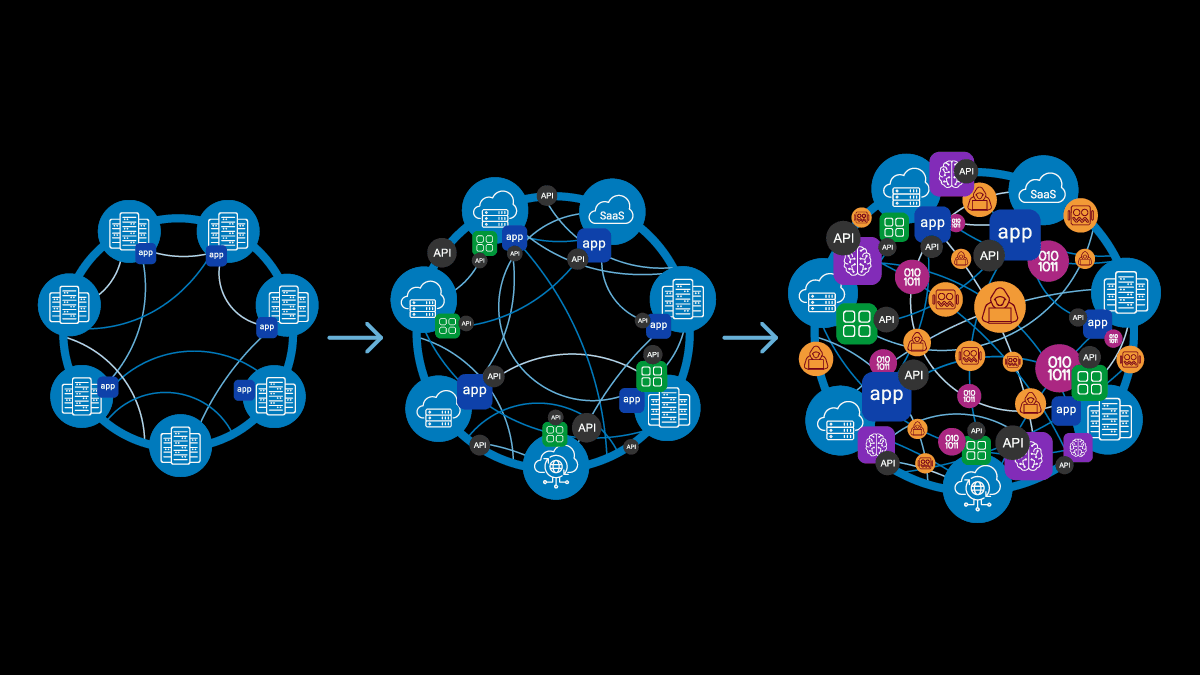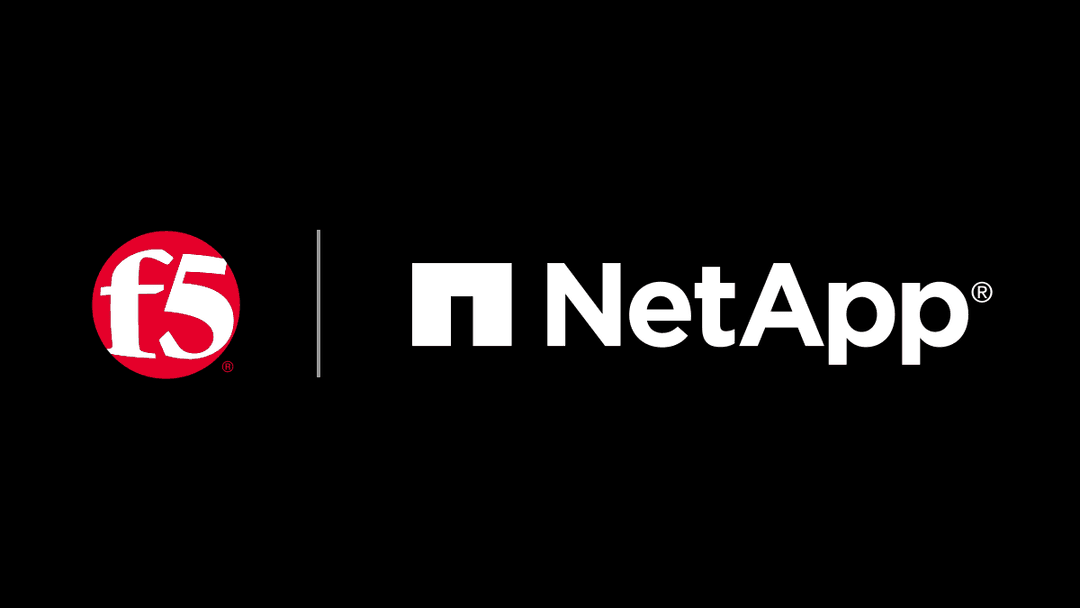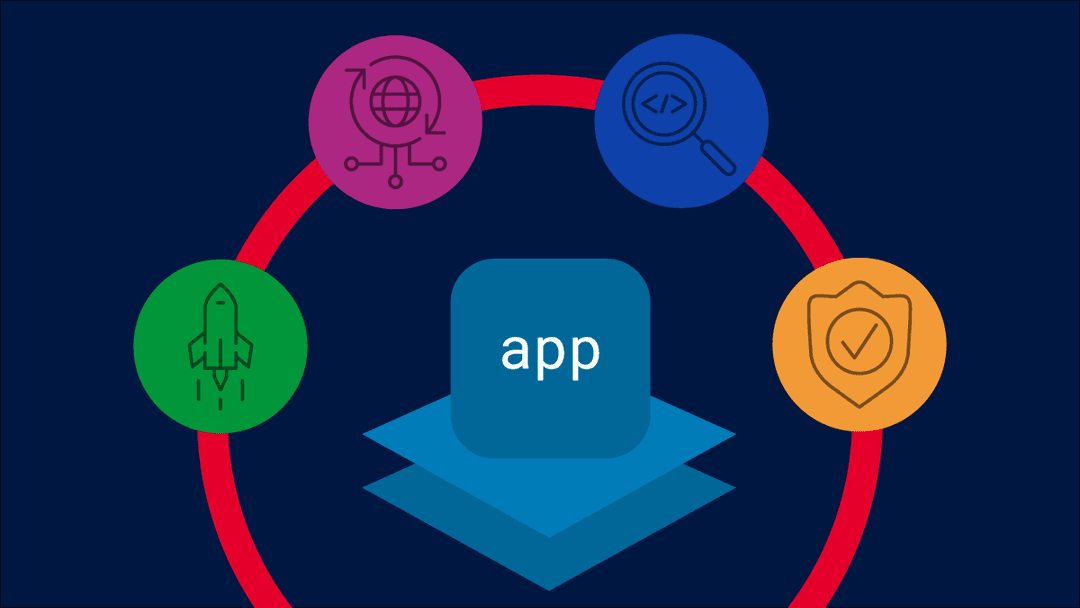Today’s enterprises grapple with unprecedented complexity in navigating a highly complicated hybrid, multicloud IT landscape—with hundreds of applications and APIs distributed across multiple environments. And with AI-driven applications increasingly becoming an essential building block of modern, distributed infrastructures, this complexity will only intensify.
At F5, we call this the “Ball of Fire.” And as the Ball of Fire continues to expand at each organization, operational siloes increase, agility wanes, and speed-to-market slows. The threat surface is expanding, leaving companies vulnerable to a growing number of AI-driven cyberattacks. At the same time, organizations have been forced to stitch together point solutions from multiple vendors, leading to inconsistent policies and gaps in visibility and management that compound security risks.

Clearly, a fresh approach is needed to move beyond the industry’s current crisis cycle. We believe an answer lies in a new generation of Application Delivery Controllers (ADCs) focused on helping enterprises overcome massively complex challenges. This next evolution of ADC represents a fundamental shift in how enterprises approach app delivery and security.
The central role of ADCs
You might be saying to yourself: “ADCs? Didn’t we stop talking about ADCs years ago?”
Parts of the industry did stop talking about ADCs, yet their demise has been largely exaggerated. The fact remains that ADCs play a central role in application performance, availability, and security. They act as gatekeepers, ensuring that applications are delivered to users efficiently and securely, regardless of where they’re deployed—on premises, across multiple clouds, or in far-edge environments.
With the rise of APIs, microservices, and AI-driven workloads, ADCs have never been more critical. The deployment of modern, AI-driven workloads requires a solution that supports intelligent traffic management, provides robust security, and offers unified management across all environments.
We believe ADCs are the right technology to accomplish this.
Reimagining the ADC for a changing landscape
The evolution of the ADC represents a significant leap forward in application delivery and security through three distinct eras. When the first generation of ADCs, ADC 1.0, emerged during the dotcom boom—they were built for on-prem data center infrastructures to support monolithic and three-tiered applications with a security component that focused on WAF and DDoS protection. These were primarily hardware and virtual appliances used for load balancing, content caching, and web application security—F5 grew to lead this market, helping large enterprises scale their digital services for the web era.
The advent of cloud computing in the 2010s required ADCs to match the scale of the cloud with greater agility, scalability, and cost effectiveness. This gave rise to ADC as a Service, which expanded the capabilities of the ADC to address customer challenges in cloud transformations. This era of ADC made physical hardware in on-premises data centers less appealing as the distributed nature of cloud required visibility, scale, and consistency. Applications made a similar shift, with the rise of microservices and containerization providing flexibility and easier maintenance of cloud-based apps. The emergence of new threats, particularly against an expanding number of APIs, created the need for additional security capabilities such as API security, bot defense, and DDoS mitigation.
As the cloud era rolled along, it was generally assumed that every app would be in the cloud. Many believed hybrid was temporary. They believed the cloud would be faster, cheaper, and more secure, and that it would be less of a burden on IT teams who required greater business agility.
But, of course, those predictions have proved wrong on multiple levels.
Today’s apps are built on multiple architectures and live in many environments, including multiple clouds, SaaS, edge locations, and corporate data centers. As AI promises to increase the complexity of the present hybrid, multicloud infrastructures, we must once again reimagine our collective vision to meet the needs of an ever-changing digital landscape.

The answer to AI-driven complexity
The AI era has introduced new challenges to application delivery and security. Infrastructures are hybrid and multicloud by design to meet the demands of AI apps that are distributed by nature. These distributed AI applications put tremendous strain on infrastructure resources as massive amounts of data must be moved and secured across environments. Additionally, AI-powered security is now a necessity to address a new threat landscape that is driven by the combination of an explosion of APIs along with more sophisticated AI-assisted threats.
The next evolution of ADCs offer far more than the load balancing of the past. ADC 3.0 addresses critical pain points of IT environments in the AI era: complexity, inconsistency, inflexibility, and lack of visibility. It combines high-performance load balancing and application delivery with advanced web application and API cybersecurity capabilities to reimagine what an ADC can—and should—be.
There are six fundamental properties that define these new ADCs and how they will address companies’ most pressing IT challenges:
- Complete delivery and security for every app in a single platform that simplifies management for IT and security teams.
- Deployable in any form factor to run seamlessly across today’s diverse IT environments.
- Single policy, unified management across all locations to reduce complexity and improve efficiency.
- Rich analytics and insights that are relevant and actionable to improve performance and strengthen the security of today’s complex applications.
- Fully programmable data planes thatenable automated deployment and custom functionality so organizations can effectively adapt to changing needs.
- Full lifecycle automation that allows teams to focus on delivering innovation and stop drowning in maintenance tasks.
Helping customers thrive in the ADC 3.0 era
Thanks to our unique combination of hardware, software, and SaaS offerings, F5 is the only vendor to serve every app and API across hybrid and multicloud environments. That includes modern and legacy apps deployed anywhere—from corporate data centers to multiple clouds to far-edge environments.
As a consistent leader of the category for the past 25 years, F5 is uniquely positioned to help customers meet the challenges of the ADC 3.0 era.
We continue to build on this expertise to help companies realize their AI journeys and ambitions. We’re partnering with companies like NVIDIA and NetApp to give IT teams the tools they need to deploy and scale their AI factories and infrastructures. We’re protecting customers’ AI deployments against emerging API security threats. We’ve introduced F5 AI Gateway to give organizations the security, scalability, and reliability they need to deploy AI applications. We’re providing a new framework for customers and partners to accelerate the architecture and deployment of AI workloads. And we’re making AI pervasive across F5 solutions to guard against AI-driven threats and simplify the protection of applications.
This is just the start. Our goal is to deliver the defining platform for the ADC 3.0 era. Over the coming months, you’ll hear more about the investments we’re making to help enterprises simplify their operational environments as they embrace the full value of AI.
It’s going to be an exciting year, so please stay tuned.
To learn more about the next generation of ADCs, check out our press release and get the deep dive on f5.com. Also, be sure to read What Is the Application Delivery Top 10?
About the Author

Kunal Anand leads the F5 product organization as Chief Product Officer. Responsible for product vision, strategy, and execution, he ensures development of breakthrough solutions that solve critical challenges and create exceptional experiences for customers. In his previous role as Chief Technology and AI Officer, Kunal charted the company’s technology and AI strategy and vision. Prior to F5, Kunal held the dual role of Chief Technology Officer and Chief Information Security Officer at Imperva. His journey to Imperva began in 2018 with the acquisition of Prevoty, an application security startup he co-founded in 2013. Before joining Prevoty, he was the Director of Technology at BBC Worldwide. Kunal has a deep history of innovation and technical expertise, and has held roles leading security, data, technology, and engineering teams at Gravity, MySpace, and the NASA Jet Propulsion Lab. Kunal has over 15 years of experience in AI and machine learning, ranging from model training, employing AI-driven algorithms to enhance products, and designing and implementing AI architectures. Kunal holds a Bachelor of Science degree in computer science from Babson College.
More blogs by Kunal AnandRelated Blog Posts

AppViewX + F5: Automating and orchestrating app delivery
As an F5 ADSP Select partner, AppViewX works with F5 to deliver a centralized orchestration solution to manage app services across distributed environments.

Build a quantum-safe backbone for AI with F5 and NetApp
By deploying F5 and NetApp solutions, enterprises can meet the demands of AI workloads, while preparing for a quantum future.

F5 ADSP Partner Program streamlines adoption of F5 platform
The new F5 ADSP Partner Program creates a dynamic ecosystem that drives growth and success for our partners and customers.
F5 NGINX Gateway Fabric is a certified solution for Red Hat OpenShift
F5 collaborates with Red Hat to deliver a solution that combines the high-performance app delivery of F5 NGINX with Red Hat OpenShift’s enterprise Kubernetes capabilities.
F5 Silverline Mitigates Record-Breaking DDoS Attacks
Malicious attacks are increasing in scale and complexity, threatening to overwhelm and breach the internal resources of businesses globally. Often, these attacks combine high-volume traffic with stealthy, low-and-slow, application-targeted attack techniques, powered by either automated botnets or human-driven tools.
Phishing Attacks Soar 220% During COVID-19 Peak as Cybercriminal Opportunism Intensifies
David Warburton, author of the F5 Labs 2020 Phishing and Fraud Report, describes how fraudsters are adapting to the pandemic and maps out the trends ahead in this video, with summary comments.
